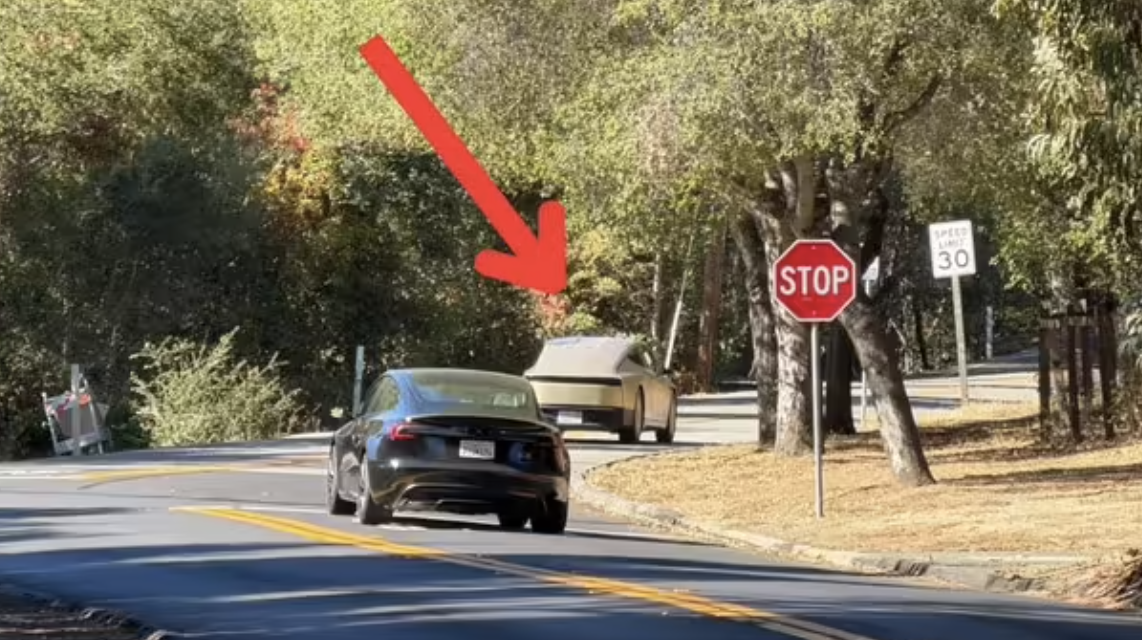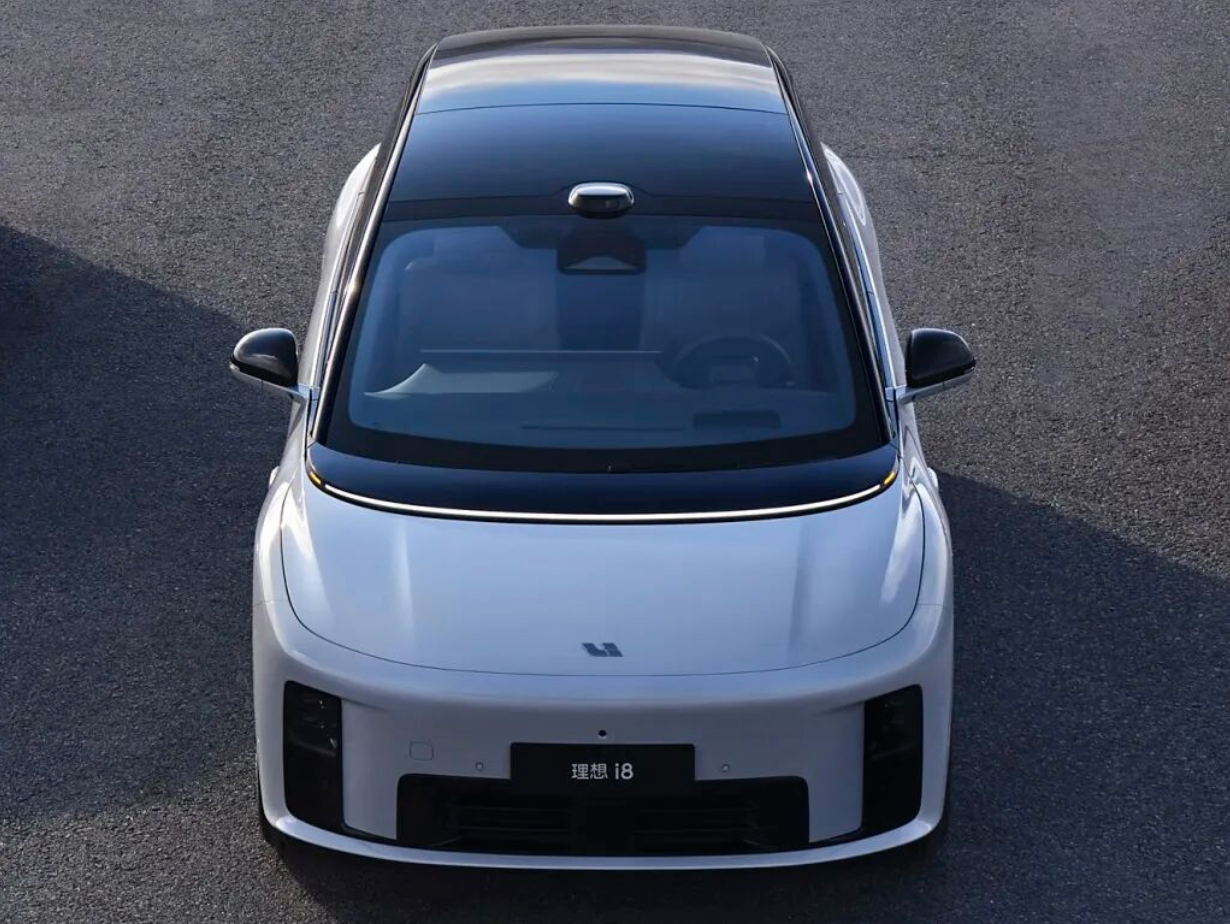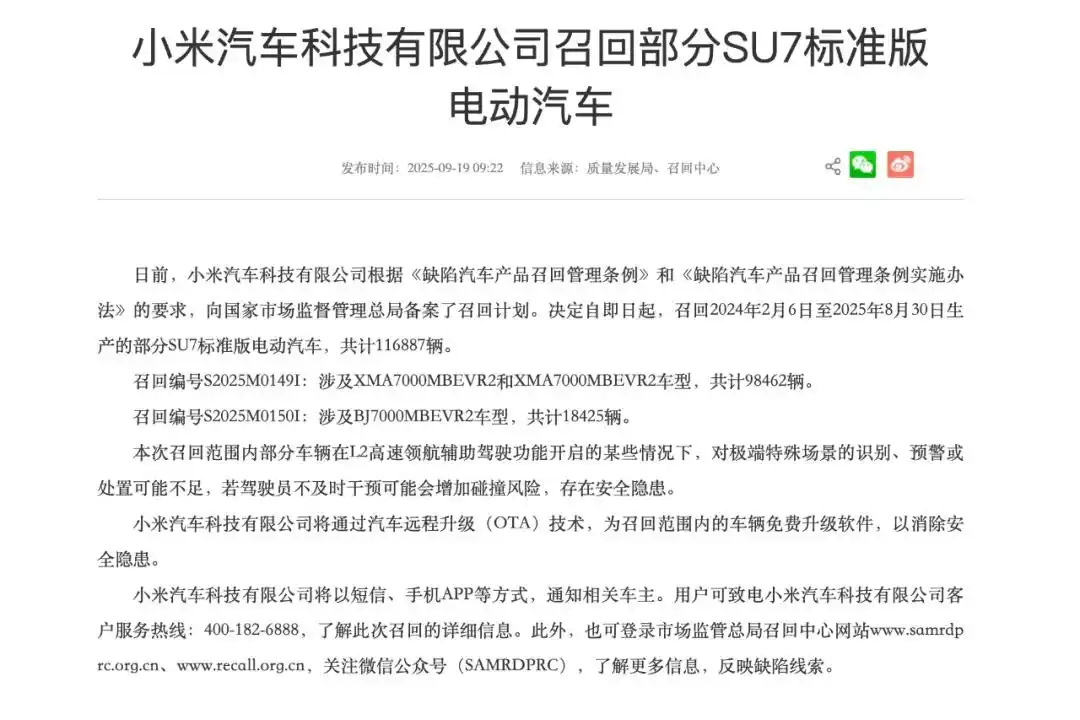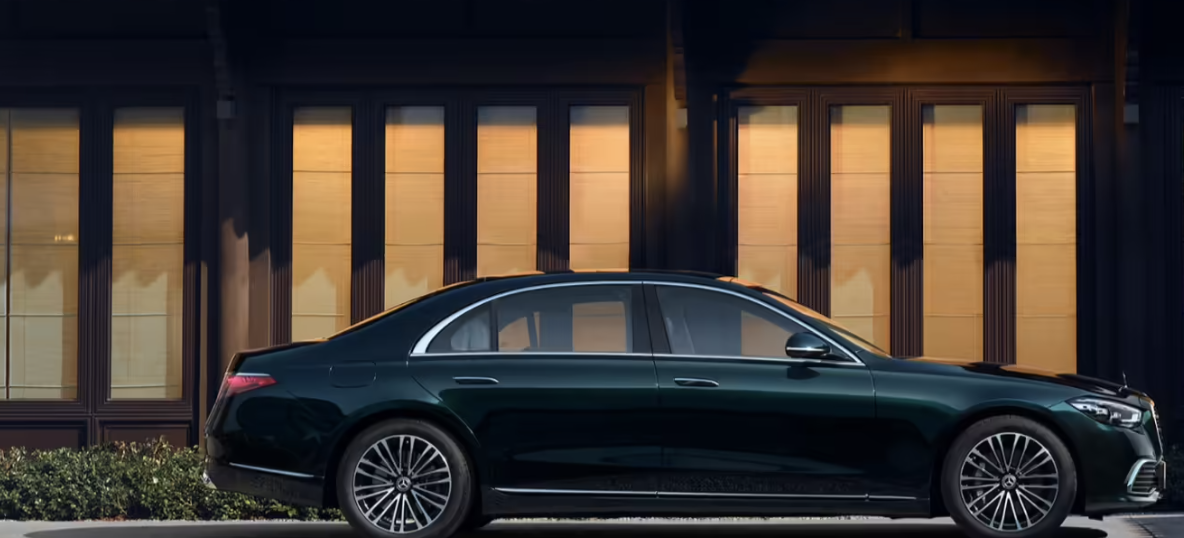On October 30, Tesla’s Cybercab was spotted testing on public roads for the first time, marking an important step forward in the development of the vehicle.
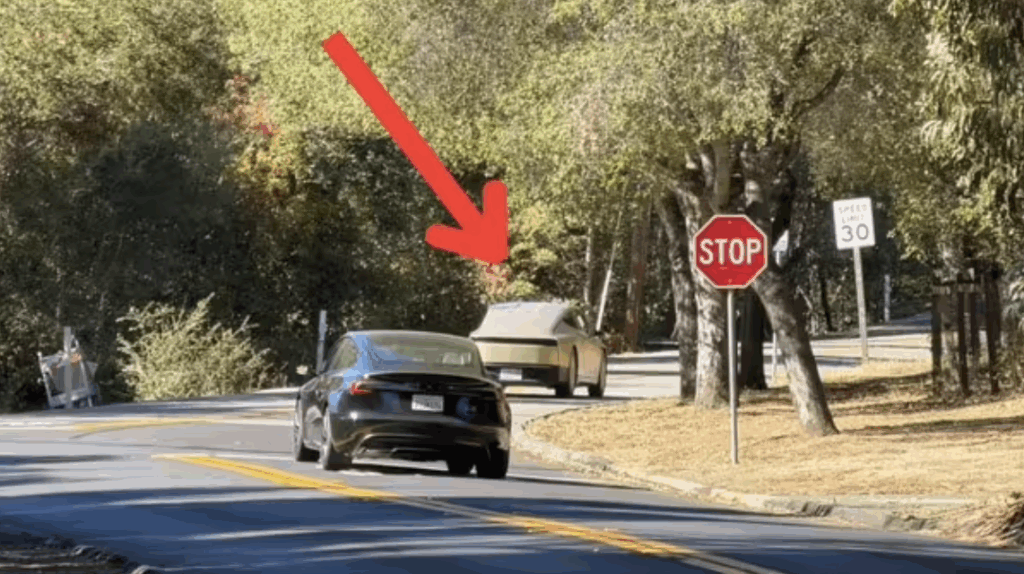
The vehicle was seen in Los Altos, California, just minutes away from Tesla’s engineering headquarters. It had a driver behind the wheel and was equipped with side mirrors, which is expected at this stage of testing.
It’s likely that Tesla has activated its Full Self-Driving (FSD) software during this new phase of public road testing, as this model, which has long been planned to lack a steering wheel and pedals, will rely entirely on autonomous driving technology to transport one or two passengers to their destination in the future.
In addition, due to regulatory requirements, vehicles must be equipped with external mirrors upon delivery. Therefore, Tesla is likely keeping the design as safe as possible during the early testing phase, especially in these initial stages.
Since this marks the first time the vehicle has been seen on public roads, it is very likely the first real-world traffic testing of the model. Tesla is taking an extremely cautious approach.
In fact, in recent weeks, the Cybercab project has made several advancements: the vehicle has been previously spotted running test trials at Tesla’s Fremont factory; multiple prototypes were also seen outside the collision test facilities at the Texas Gigafactory. There has been much speculation about the standard features of the model.
Meanwhile, Tesla has posted several job openings related to manufacturing and production for the Cybercab in recent weeks, signaling that preparations for mass production are accelerating.
Yesterday, Tesla’s Chairwoman Robyn Denholm revealed that the company might ultimately equip the Cybercab with a steering wheel and pedals, a shift from Tesla’s previous plans and CEO Elon Musk’s earlier vision.
Currently, the vehicle has not yet entered the regulatory approval testing phase, but Tesla plans to begin large-scale production in the second quarter of next year. If the company still intends to launch a version without manual controls, this means that its fully autonomous driving system must be completed and certified within the next eight months.
